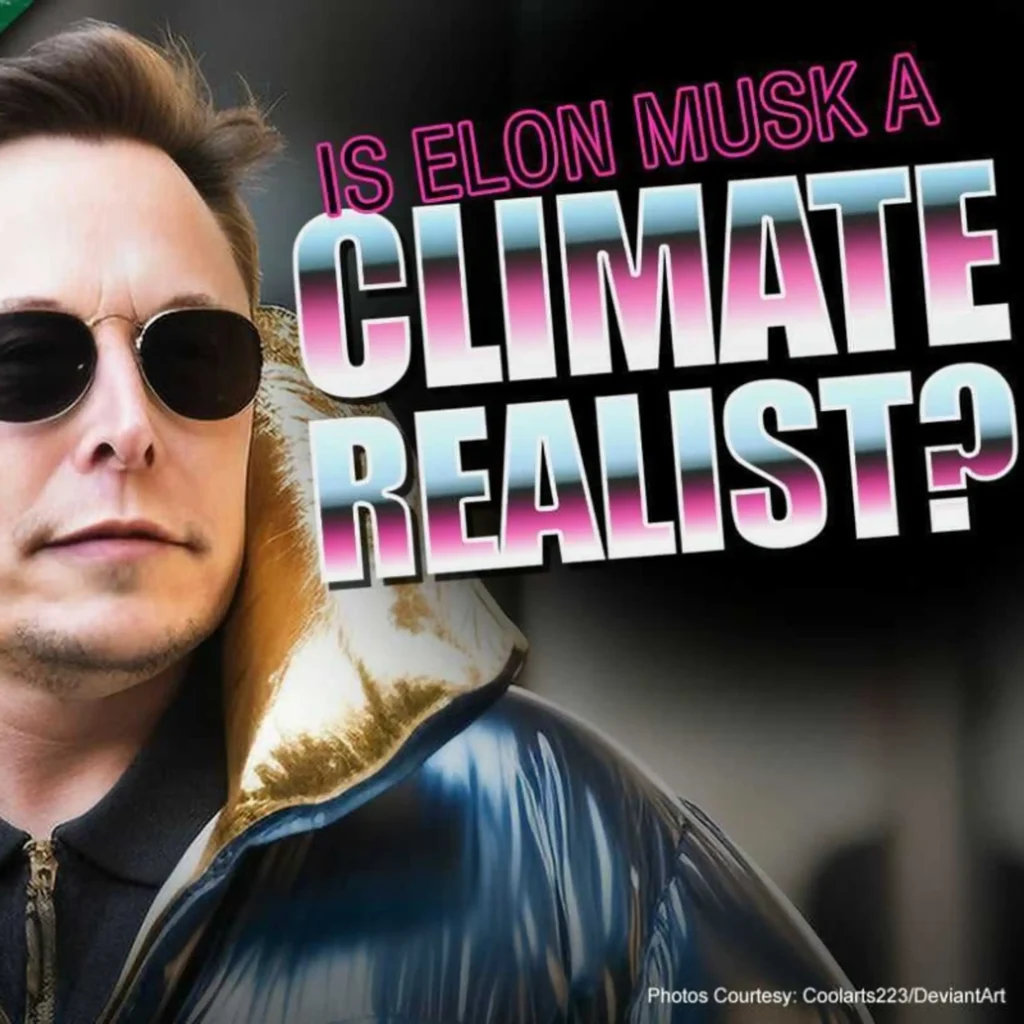State regulators testifying on November 4 before the House Subcommittee on Oversight and Investigations, at a hearing titled “Federal-State Relationship: A Look into EPA Regulatory Reinvention Efforts,” were highly critical of EPA’s approach to regulatory reinvention and called on Congress to revise federal laws to “provide the paradigm shift” that will drive true regulatory innovation.
Speakers representing The Environmental Council of the States supported recommendations from the National Academy of Public Administration (NAPA) that Congress should begin an incremental process of harmonizing EPA’s statutes by adopting an “integrating statute” that would authorize and encourage a range of integrated environmental approaches, including Project XL experiments and consolidated monitoring and reporting regulations.
In its September 1997 report, “Resolving the Paradox of Environmental Protection,” NAPA said EPA and the states must adopt new policies, systems, and techniques that focus on environmental performance and results, rather than prescribe end-of-the-pipe controls, if they want to inspire technological innovation and encourage behavioral changes among smaller sources of pollution.
At the hearing, Russell J. Harding of Michigan said that EPA’s obvious reluctance to fully pursue any reinvention that provides true regulatory flexibility or moves authority and decision-making toward to the states stems from the agency’s insistence on trying to fit reinvention initiatives into the “command-and-control” framework that has been its paradigm for the past 25 years. The chief barriers to innovation are grounded in EPA’s belief that:
- flexibility can be allowed only if it results in “superior environmental performance”;
- such performance must be monitored and measured to the same degree as current enforceable requirements (even for smaller sources);
- full consensus must be achieved with all stakeholders, including public interest groups.
Harding explained that he withdrew Michigan from EPA’s Common Sense Initiative “after months of frustrating meetings of endless attempts to reach full consensus on every suggestion or idea”–an effort made necessary by EPA’s insistence on basing all actions and decisions on the concept of full stakeholder consensus. That policy, which is more burdensome than the old permitting structures, severely limited chances for success because “too many stakeholders have too much invested in the status quo to agree to any real change.”
But even where stakeholders do agree on reshaping regulation, EPA’s inflexibility has been an obstacle. David B. Struhs outlined how Massachusetts has pioneered an “environmental results” approach in which the state is beginning to replace almost 50,000 conventional permits for small to mid-sized companies with performance-based annual self-certification. After a 20-company demonstration project showed a threefold increase in compliance rates, the state targeted dry cleaners and photoprocessors as the first industries to operate under the Environmental Results Program.
The program will yield a 43 percent reduction in fugitive emissions of perchloroethylene and a 99 percent reduction in silver discharges from photoprocessors. While EPA Regional Administrator John DeVillars has been highly supportive of the state’s project, EPA Headquarters officials are so opposed that they have threatened to withdraw delegation of certain federal air pollution control authorities, and to withhold some federal grant monies, because the state “did the right thing” and initiated the project without EPA’s blessing. The killing issue, said Struhs, was that the dry cleaners wanted a two-year break on how long they needed to keep their compliance records on-site; the state agency keeps a copy in perpetuity.
But there is an even bigger barrier to the success of regulatory innovation. Minnesota’s Peder A. Larson explained how his agency and 3M Company had already been working on trading superior environmental performance for operational flexibility through alternative compliance mechanisms when President Clinton and Vice President Gore released their March 1995 document on “Reinventing Environmental Regulation.” Their decision to submit this effort as a Project XL pilot ended two years later with its total withdrawal, all because of EPA’s concept of what must be done to meet its definition of “superior environmental performance.”
Among other things, 3M had committed to cap its air emissions and to develop a simplified and understandable compliance reporting system on the Internet so the public as well as the regulatory agencies would be aware of the firm’s performance under its XL permit. The company also agreed to establish environmental improvement goals and measurement methods to determine actual performance in meeting those goals, which included pollution prevention. In return, 3M sought regulatory flexibility from certain state and federal air quality permitting requirements, new source performance standards, air toxics standards, hazardous waste generator standards, and other “chapter and verse” requirements.
The project fell apart after EPA informed the state that the 3M project would have to guarantee that the company’s performance would be superior to what would have been achieved outside Project XL, returning the “command and control” structure to the permit, greatly limiting the amount of flexibility, increasing regulatory burden costs, and eliminating much of the original innovation. Compliance under EPA’s version of innovation would have been more complex and burdensome than under the current system, and the increased complexity would have rendered the agreement “nearly unintelligible to the local stakeholders,” Carlson said.
Reprinted from the January 14, 1998 issue of EI News, a publication of Duggan Flanakin dba Environmental Insider.



